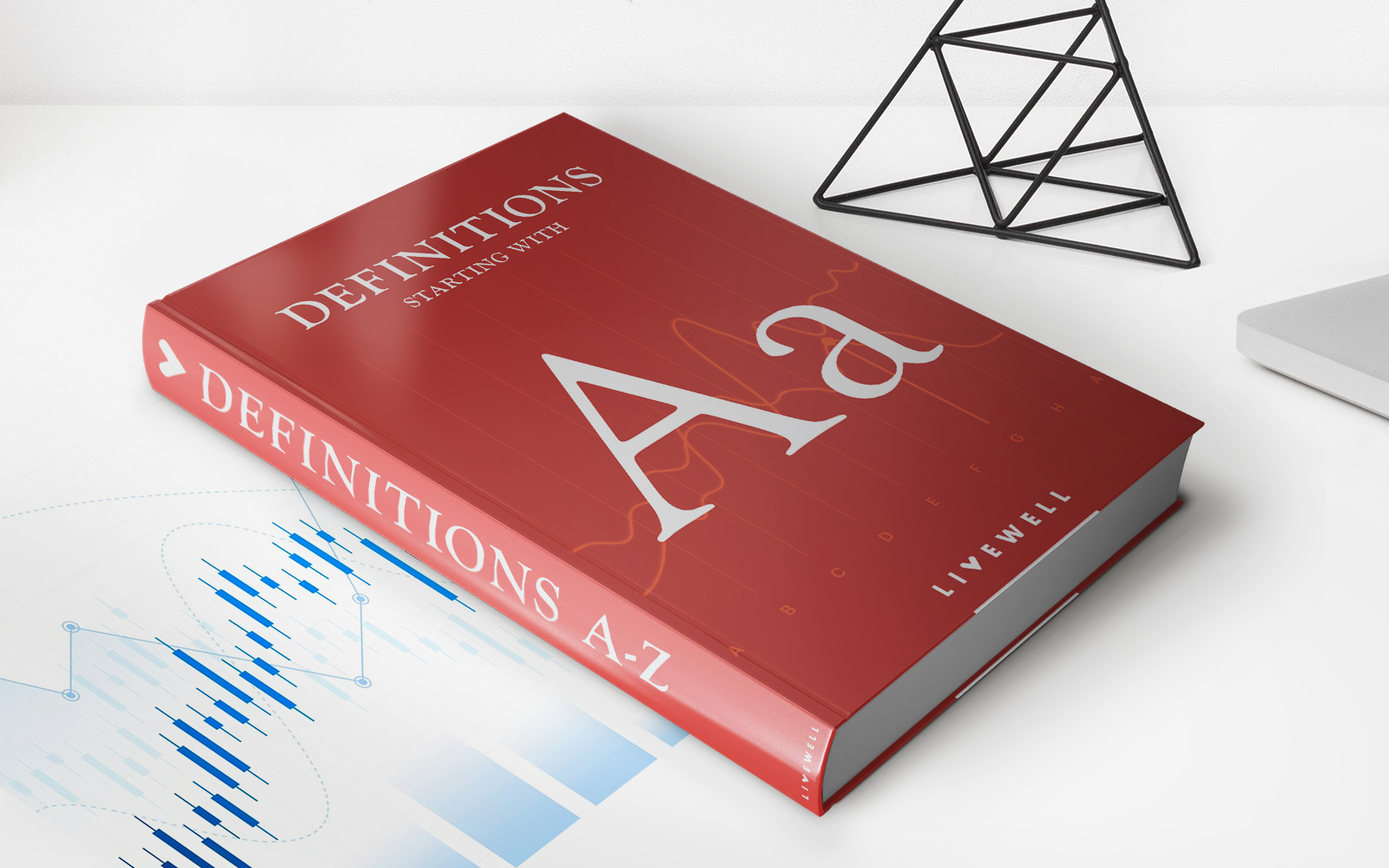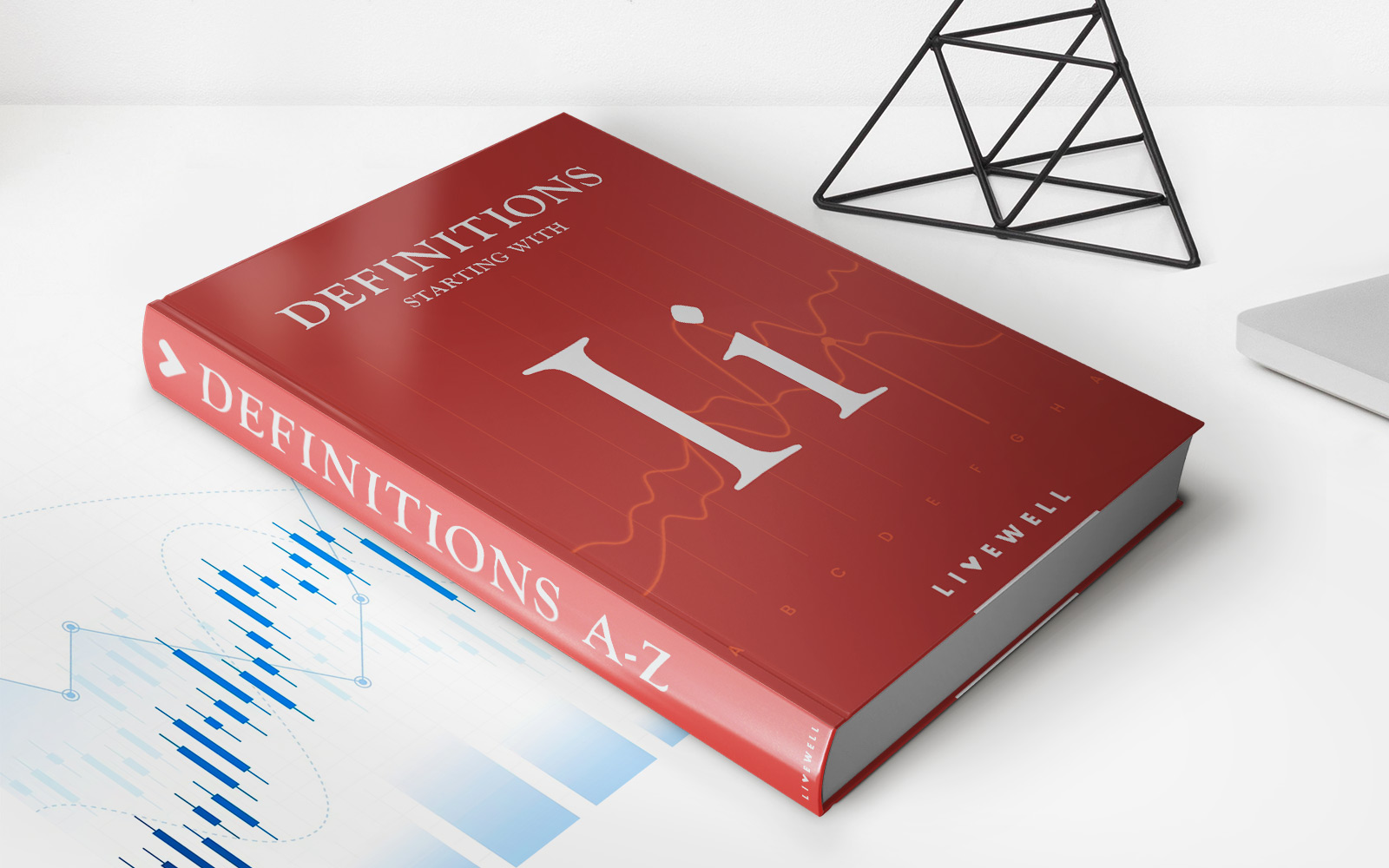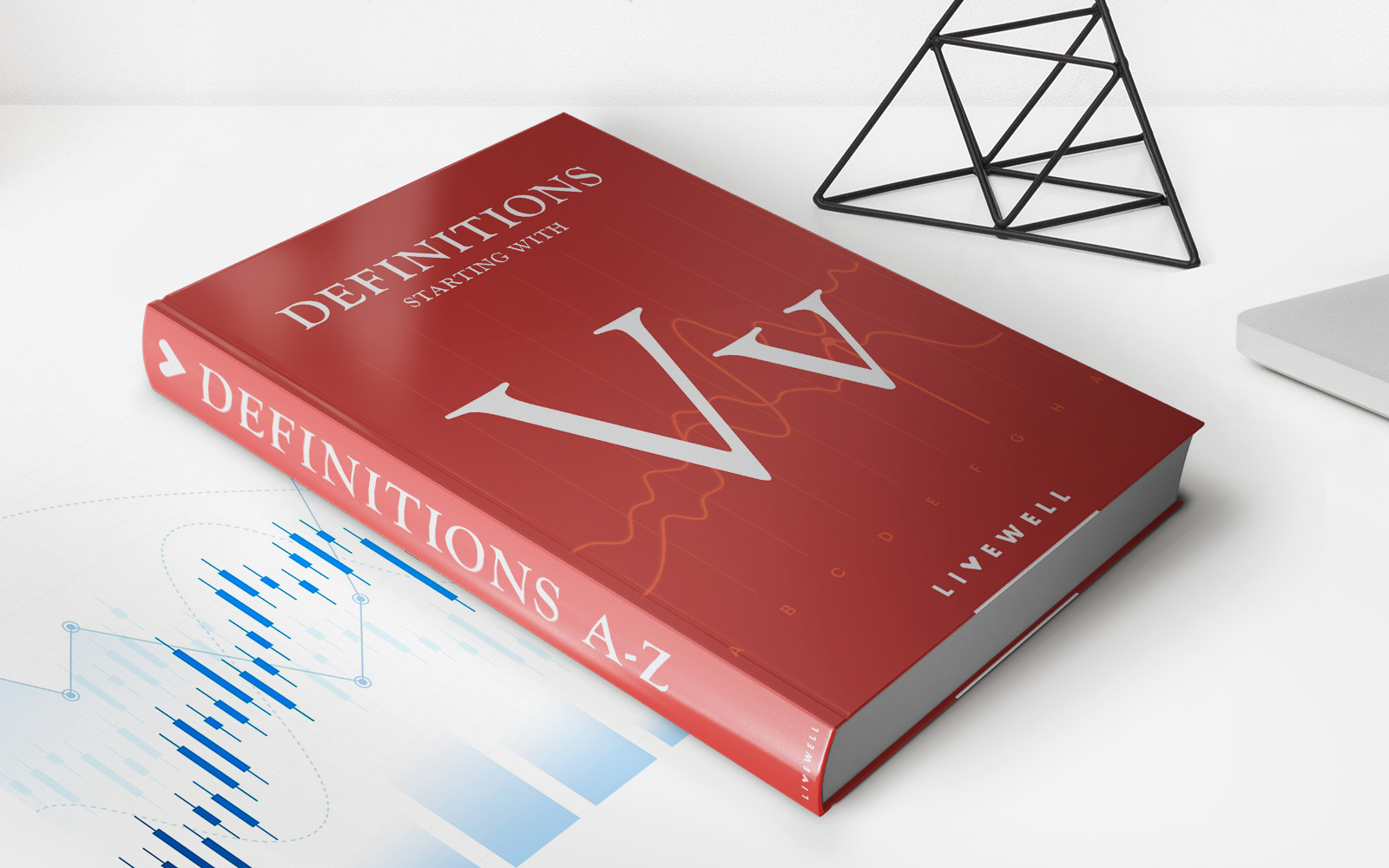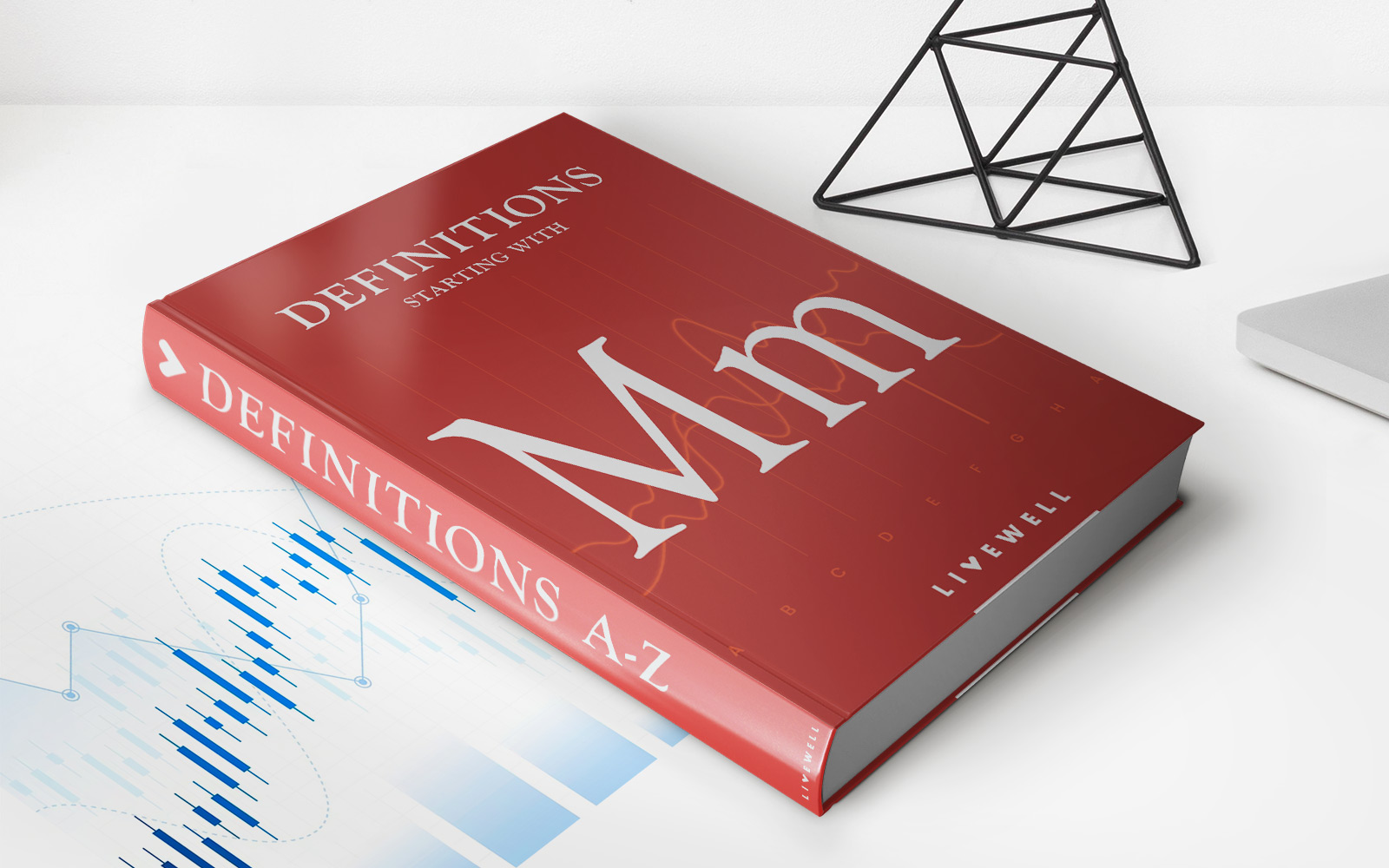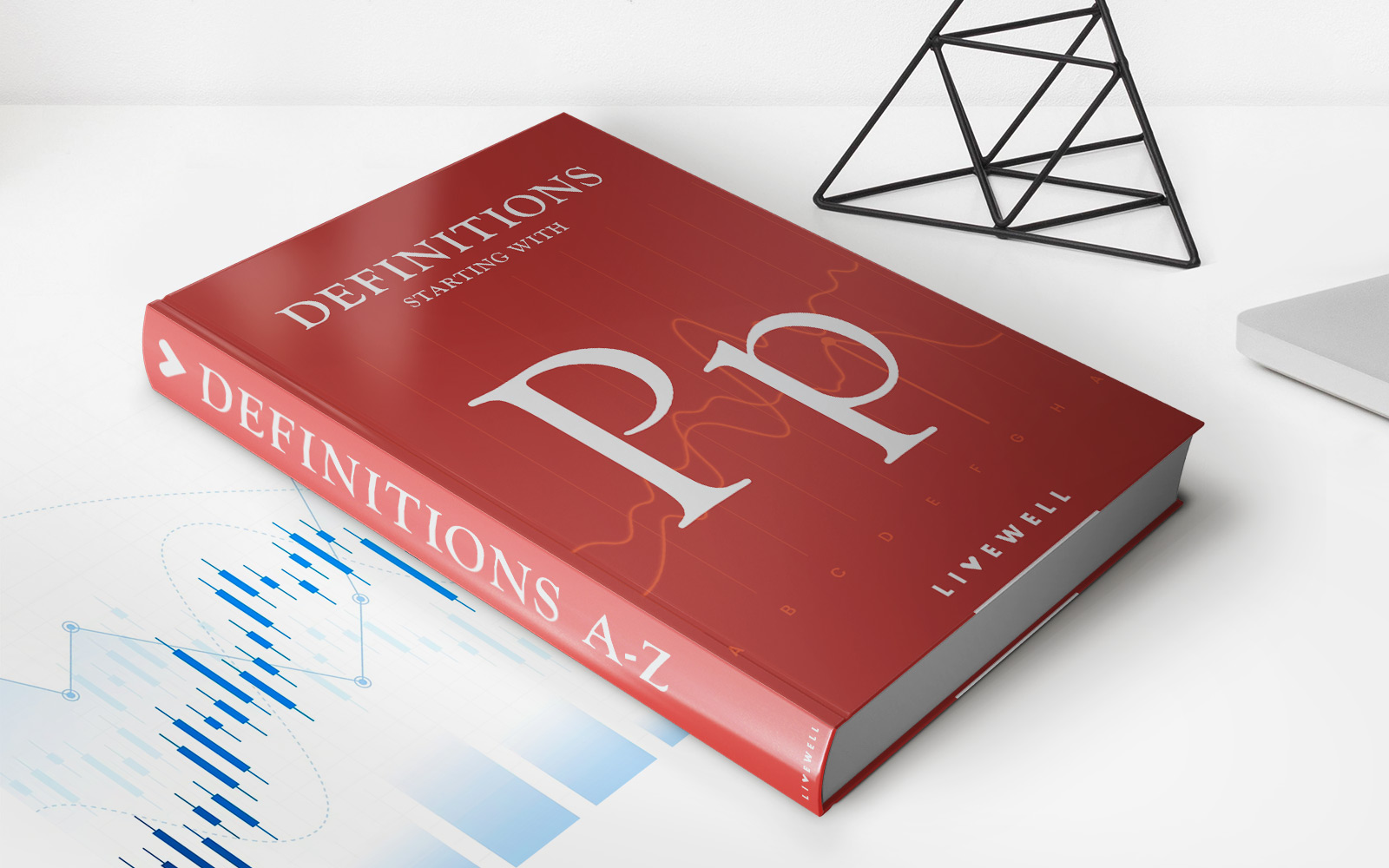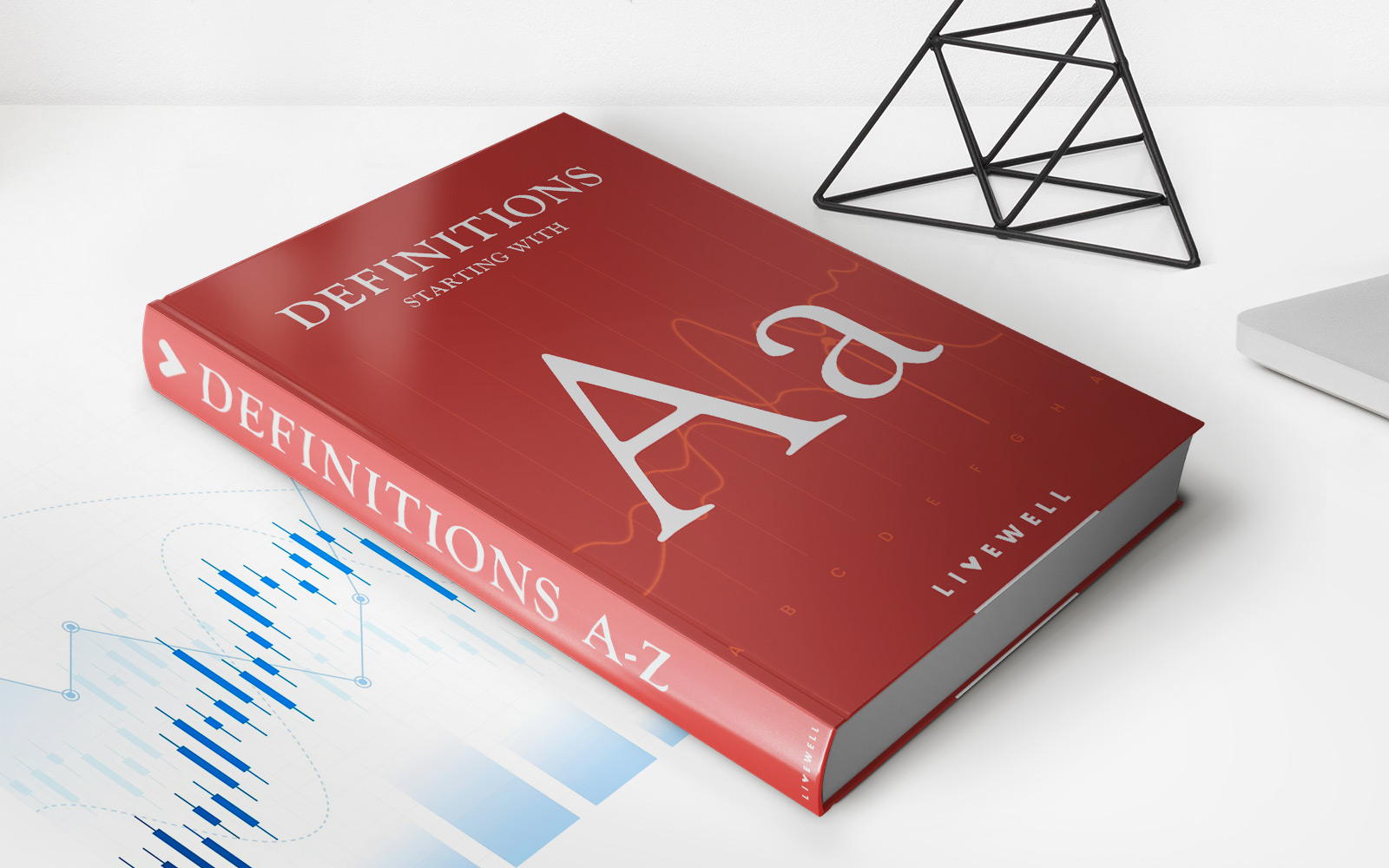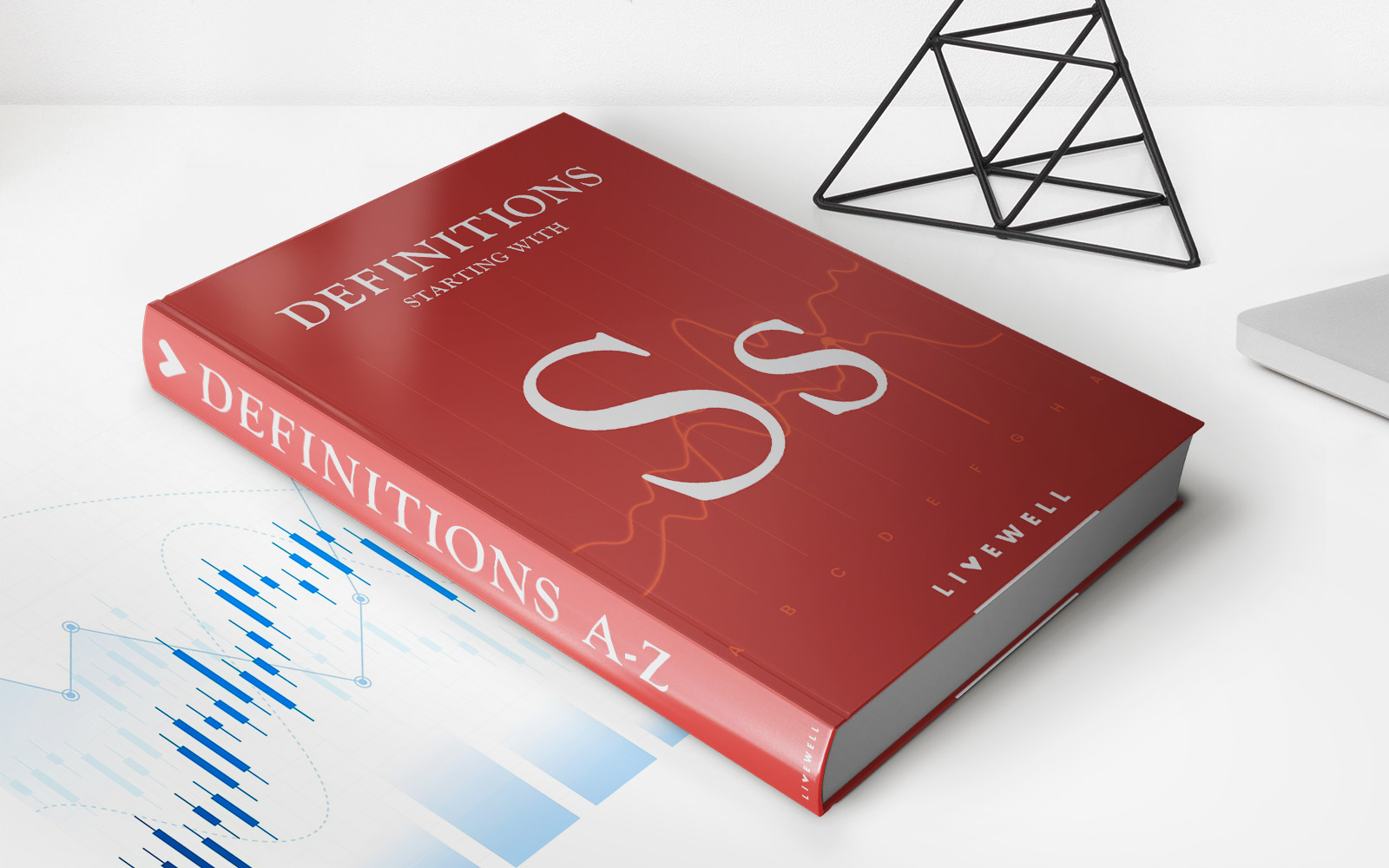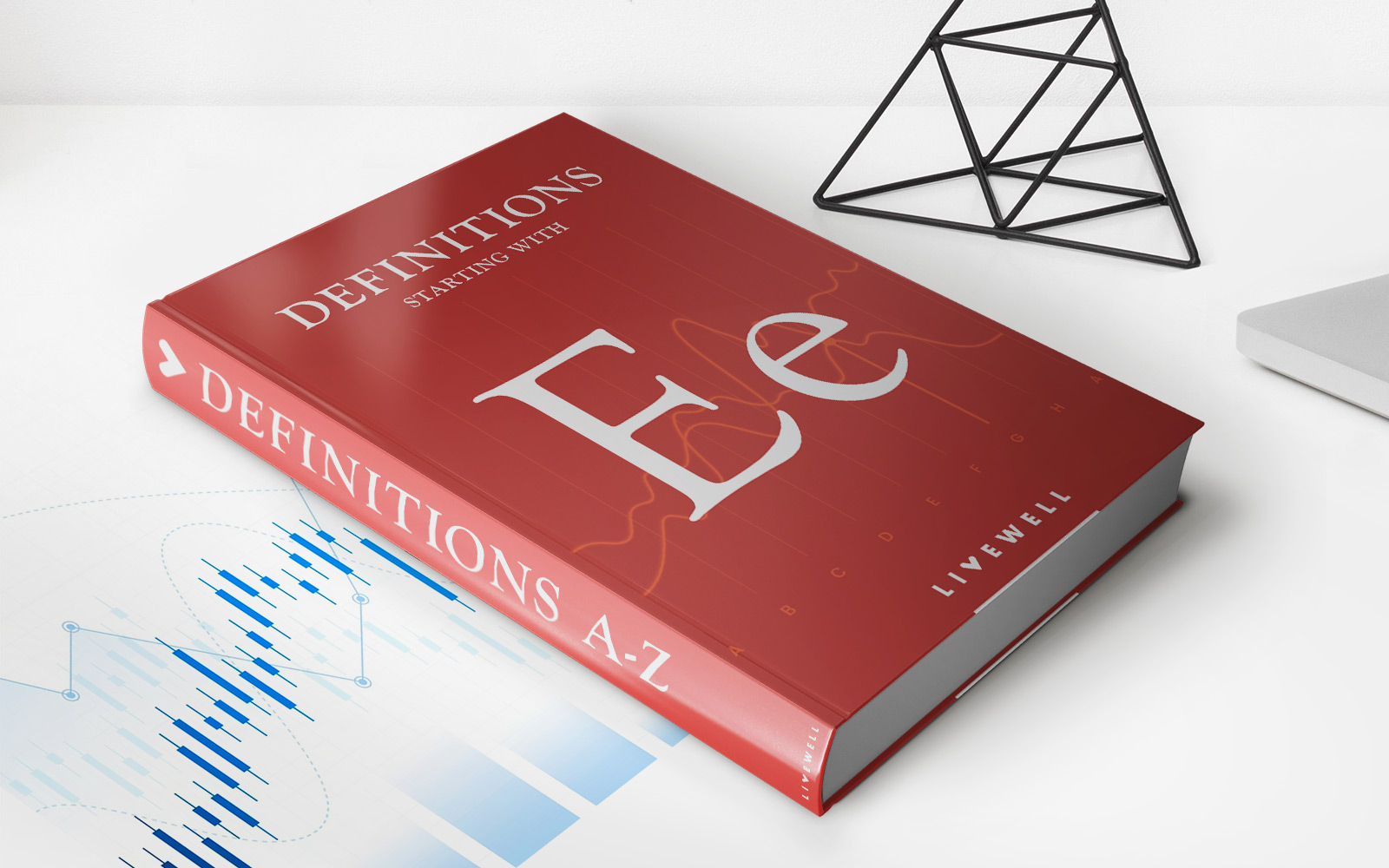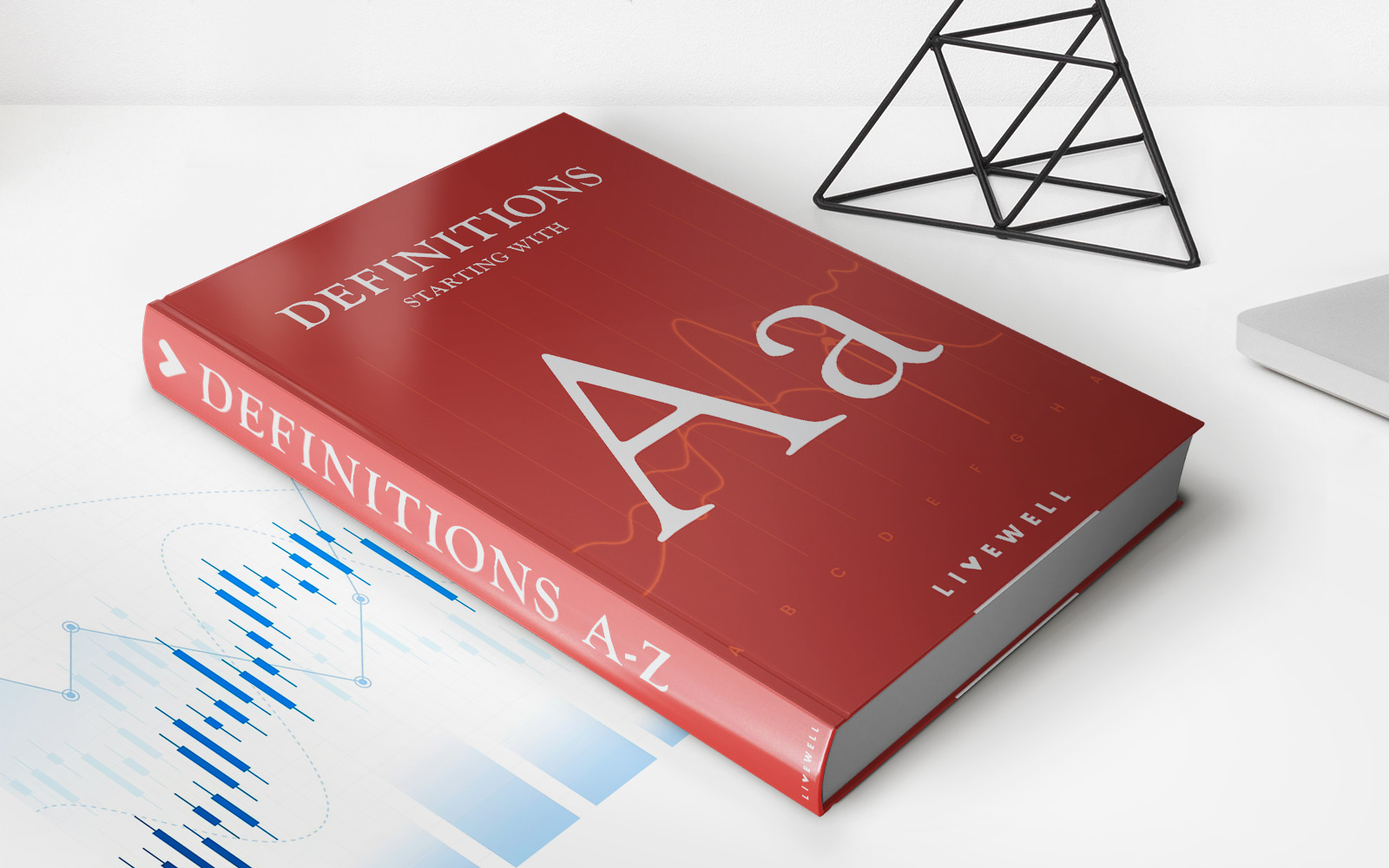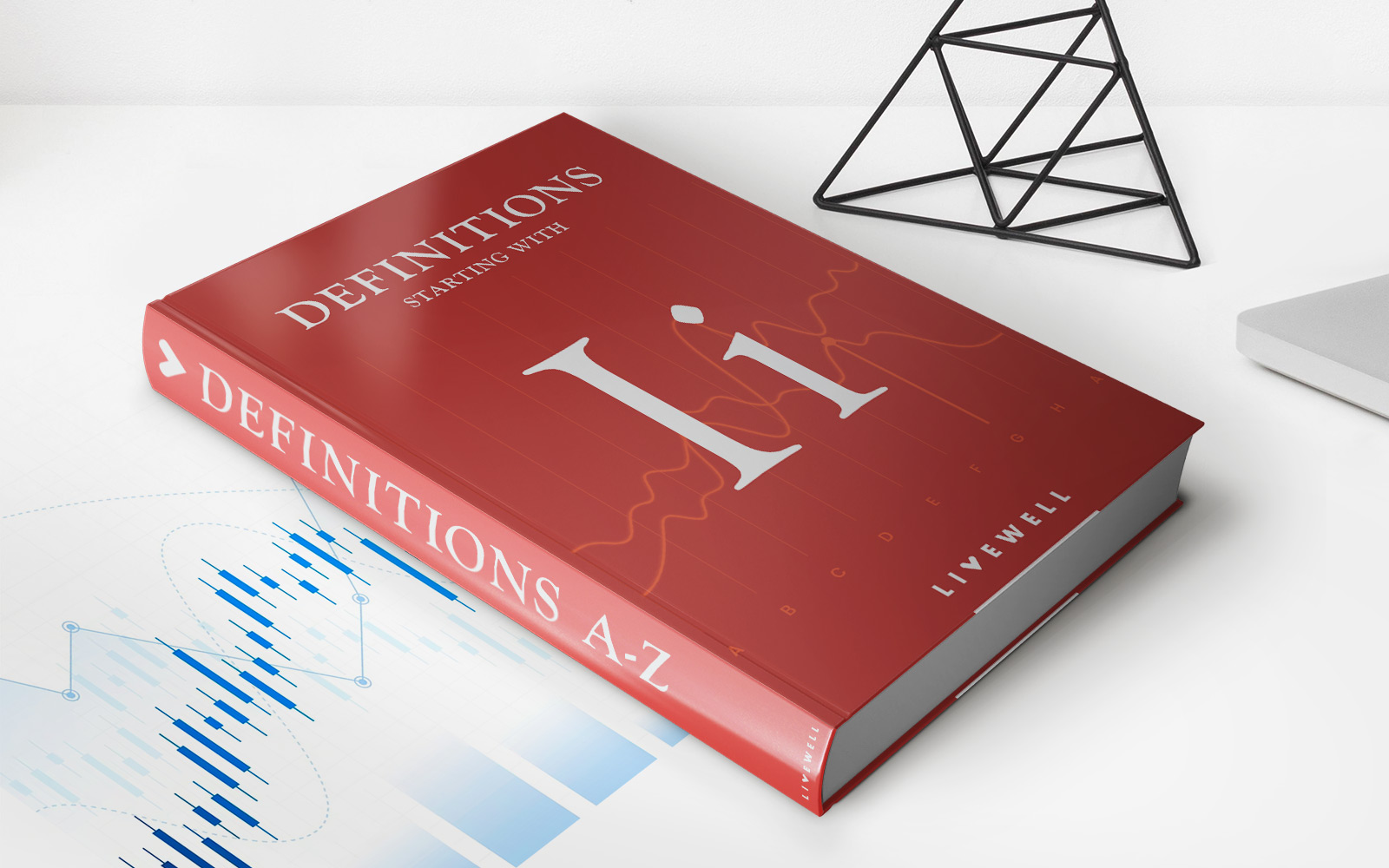

Finance
Index Amortizing Note (IAN) Definition
Published: December 8, 2023
Looking for a clear definition of Index Amortizing Note (IAN) in finance? Get all the information you need about this financial instrument and its functions.
(Many of the links in this article redirect to a specific reviewed product. Your purchase of these products through affiliate links helps to generate commission for LiveWell, at no extra cost. Learn more)
The Basics of Index Amortizing Note (IAN)
Have you ever wondered what an Index Amortizing Note (IAN) is? Well, you’ve come to the right place! In this blog post, we will dive into the definition and key aspects of an Index Amortizing Note, a financial instrument that is becoming increasingly popular in the world of finance.
Key Takeaways:
- An Index Amortizing Note (IAN) is a type of financial instrument that adjusts its principal based on certain economic indicators.
- IANs are designed to protect investors from interest rate risk, especially in a volatile market.
Now, let’s get into the details of what an Index Amortizing Note is all about.
An Index Amortizing Note (IAN) is a special type of bond that has characteristics of both a traditional bond and an adjustable-rate mortgage. Its principal amount is tied to a selected index, which could be a financial indicator like the Consumer Price Index (CPI) or the London Interbank Offered Rate (LIBOR).
IANs are unique because their principal amount adjusts periodically based on the movement of the chosen index. If the index increases, the principal will increase, and if the index decreases, the principal will decrease. This feature allows investors to benefit from favorable market conditions.
One of the primary reasons for issuing an Index Amortizing Note is to mitigate interest rate risk. In a normal bond, fixed interest payments are made over the life of the bond, and the principal is repaid at maturity. However, in an IAN, the principal is amortized based on the index, and this amortization helps protect investors from the potential loss in value due to interest rate fluctuations.
Let’s break it down further with some key points about Index Amortizing Notes:
- Principal Adjustment: IANs have a principal adjustment feature that allows the principal amount to increase or decrease based on the movement of an index.
- Interest Payments: Like traditional bonds, IANs pay periodic interest to investors. The interest rate may be fixed, floating, or a combination of both.
- Amortization Schedule: The principal adjustments in IANs follow a pre-determined amortization schedule, ensuring a gradual reduction in the principal amount over time.
- Protection against Inflation: By tying the principal amount to an index like CPI, IANs offer investors an opportunity to hedge against inflation.
In conclusion, an Index Amortizing Note (IAN) is a unique financial instrument that combines features of traditional bonds and adjustable-rate mortgages. Its adjustable principal makes it an attractive choice for investors seeking protection from interest rate risk. So, next time you come across the term “Index Amortizing Note,” you’ll have a clear understanding of what it means and how it works.
Disclaimer: This article is for informational purposes only and should not be considered financial advice. Please consult a financial professional for any investment-related decisions.
